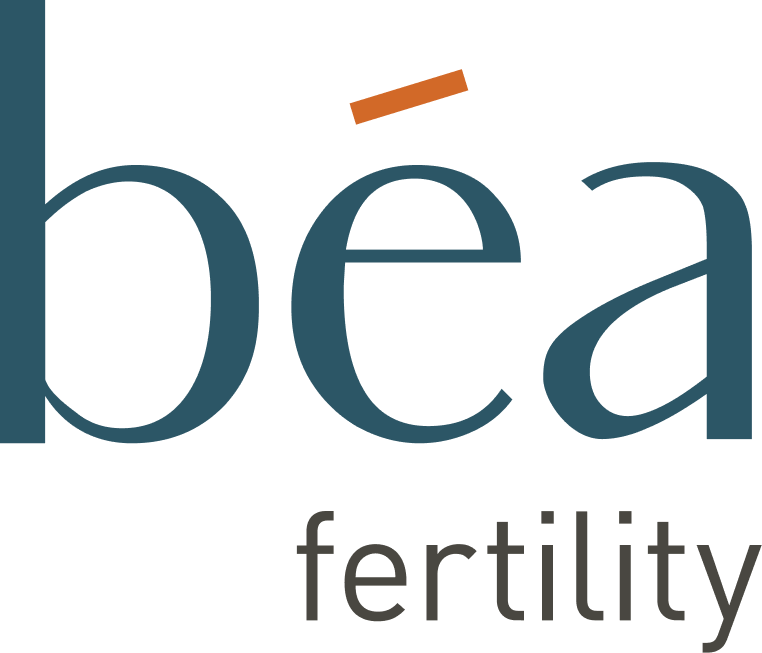Navigating fertility can be confusing. And the terms used when we talk about fertility can be equally so. To help you, we’ve put together this list of the most common terms.
| Artificial insemination | A procedure that involves directly inserting sperm into a woman’s uterus or cervix to help her conceive. |
| Assisted reproduction | Treatments that enable people to conceive without having sexual intercourse. Methods include intrauterine insemination (IUI), in vitro fertilisation (IVF), intracytoplasmic sperm injection (ICSI), donor insemination, egg donation and surrogacy. |
| BBT | Basal body temperature. A method used for tracking ovulation. |
| Cervix | The lower part of the uterus that forms a canal between the uterus and the vagina. |
| Egg or ovum | The female reproductive cell. A woman usually ovulates one egg in a monthly cycle. |
| Embryo | A fertilised egg. |
| ET | Embryo transfer. A process where an embryo is transferred with a catheter from a culture dish in the laboratory, to the uterus. |
| Endometriosis | A condition where the endometrium, the tissue that lines the inside of the uterus, is found outside the uterus. |
| Fallopian tubes | The pair of tubes leading from a woman’s ovaries to her uterus. The fallopian tube is where fertilisation of the egg by a sperm takes place. |
| Follicle | A small sac in the ovary in which the egg develops. |
| FMU | Foetal Medicine Unit’s specialise in supporting pregnancies where there may be a concern for the health of the unborn baby. |
| FSH | FSH (follicle stimulating hormone) is a type of gonadotropin. It’s a hormone that a woman can take to stimulate her ovaries to produce eggs. |
| Gamete | Reproductive cell (egg or sperm). |
| Gonadotropin | Gonadotropins are hormones that regulate ovarian and testicular function. |
| hCG | hCG (human chorionic gonadotropin) is a hormone that is produced during pregnancy. Pregnancy tests measure levels of hCG in blood or urine. |
| HSG | HSG (hysterosalpingogram) is an x-ray procedure to confirm if the fallopian tubes are open and to view the inside of the uterus. |
| HyCoSy | Hysterosalpingo Contrast Sonography is a scan that uses contrast dye to view the patency of the fallopian tubes. |
| ICI | ICI (intracervical insemination) is a procedure in which sperm is placed near a woman’s cervix to help her conceive. |
| ICSI | ICSI (intracytoplasmic sperm injection) is a procedure where sperm are injected individually into eggs under a microscope. |
| IUI | IUI (intrauterine insemination) is a procedure in which sperm are placed inside the uterus to help conceive. |
| IVF | IVF (in vitro fertilisation) is a treatment where eggs are removed from the ovaries and fertilised with sperm outside the body. The fertilised egg, an embryo, is transferred to the uterus in order to create a pregnancy. |
| IVI | IVI (intravaginal insemination) is a process in which sperm are inserted into the vagina. |
| LH | LH (luteinising hormone) is a gonadotropin. During the menstrual cycle, LH levels will rise and trigger ovulation. |
| Medicated cycle | A medicated cycle refers to a fertility treatment that is performed with hormone medication to stimulate your ovaries to produce eggs. |
| Menstrual cycle | The menstrual cycle means the time between the first day of your period up until the day before your next period. The average length is around 28 days, but anything between 21 days and 35 days is considered ‘normal’. |
| Natural cycle | A natural cycle refers to a fertility treatment taking place during your menstrual cycle without any hormone medication. |
| OHSS | OHSS (ovarian hyperstimulation syndrome) is a condition that can develop due to excessive response of the ovaries to stimulation drugs. |
| OPK | OPK (ovulation predictor kit) measures the levels of LH in your urine to help predict when ovulation will happen. |
| Ovaries | The female reproductive organs that produce eggs and oestrogen on a monthly basis. |
| Ovulation | The release of the egg from a follicle in the ovary. |
| PCOS | PCOS (polycystic ovarian syndrome) is a common condition that affects how a woman’s ovaries work and disrupts the hormonal balance in the body. |
| Period | A period is the part of the menstrual cycle when the uterus sheds its lining and bleeds from the vagina for a few days. |
| Sperm | The male reproductive cell, which fertilises a woman’s egg. |
| Uterus | The uterus is a female reproductive organ in the pelvis that sheds its lining monthly (during menstruation) and is where a pregnancy is created and a baby grows.The uterus is a female reproductive organ in the pelvis that sheds its lining monthly (during menstruation) and is where a pregnancy is created and a baby grows. |



Share:
How do I look after my health when using the Béa Treatment Kit?
How to speak with your doctor about fertility